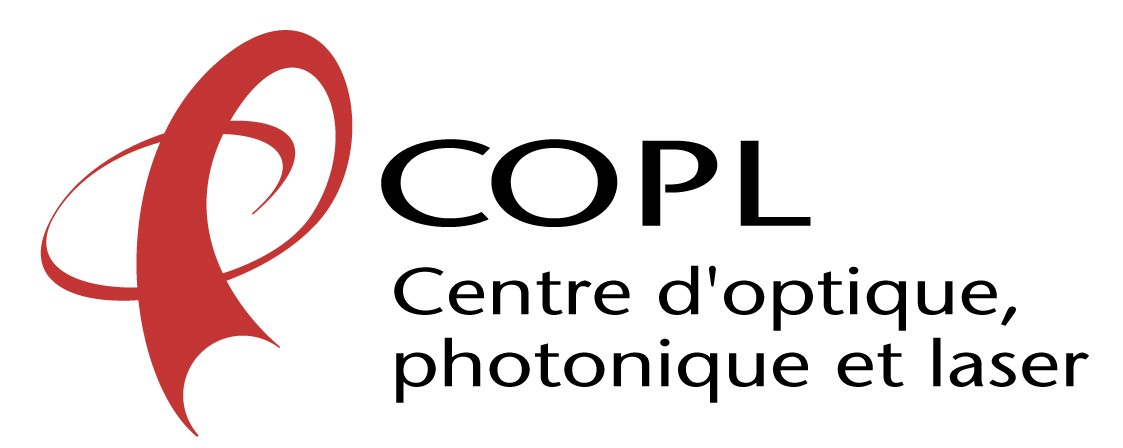Centre for Optics, Photonics and Lasers(COPL-Laval)
Centres de recherche reconnus
Faculty: Faculté des sciences et de génie
Direction:
- Daniel Côté
- Director
- Interim director
Domain(s):
- Sciences et génie
Optics and photonics
Optical components, optical fibers
Lasers
Light-matter interactions
Telecommunication systems and networks
Digital signal transmission and processing
Optical engineering and design
Photonic materials
Diagnostics and sensing
Prototyping
Imaging
Modeling and simulation
Sensors and devices
Telemetry (remote sensing, radar)
Nanotechnologies
Ceramics and glasses
Quantum phenomena
Research axes
Photonic materials
Optical communications
Lasers and ultrafast pulses
Guided-wave optics and optical fibers
Biophotonics
Services offered
Specialty optical fiber fabrication
Optical thin film deposition
Optical component characterization
Optomechanical fabrication
Interim director
